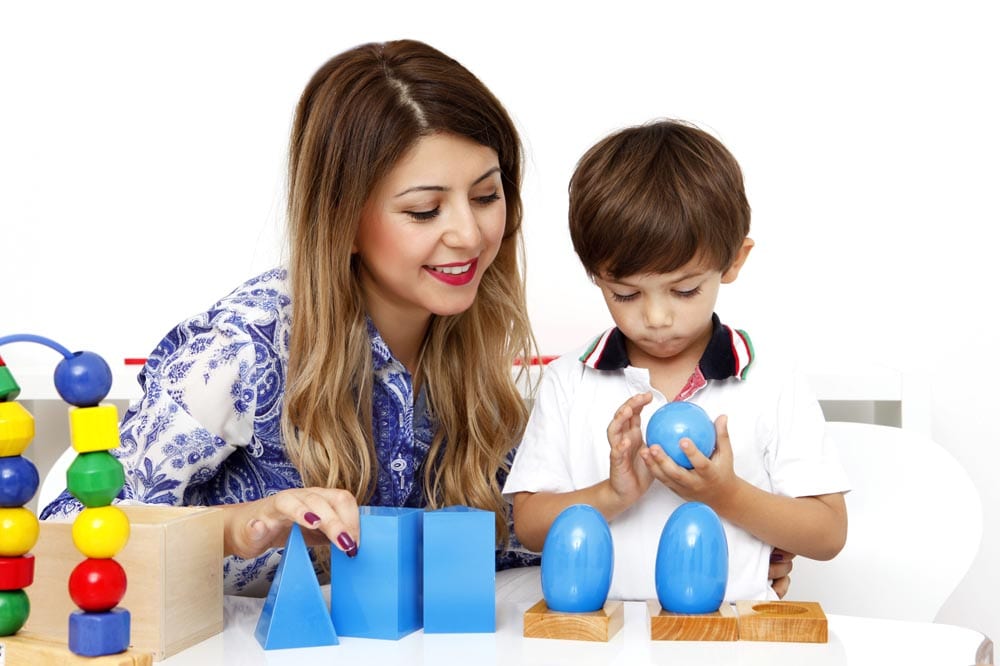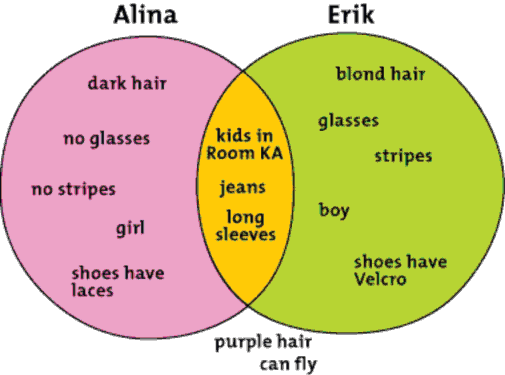Math in the Early Childhood Classroom
 All Classroom Lessons
All Classroom Lessons
A Lesson for Kindergarten, First, and Second Grade

by Ann Carlyle
Ann Carlyle, recent recipient of the George Polya Memorial Award from the California Mathematics Council, has been teaching kindergarten through sixth grade in Goleta, California, for the past 34 years. As a Math Solutions consultant, she often receives letters from course participants asking her for specific help with their math instruction. The following letter from Ann is in response to a letter asking how to use menus in kindergarten and first-grade classrooms.
Dear —-:
I’m happy to respond to your questions. You clearly are ambitious about making changes in your class, and my advice is to make these changes in small steps so that you won’t be overwhelmed by the challenge.
Regarding menus in the early childhood class, I have included here some sections of the handouts that I give to parents:
From the “Mathematics Time” handout:
Children learn by using concrete materials and working in small cooperative groups. The emphasis is on thinking and reasoning. Students choose math tubs and tasks dealing with exploration of number, pattern, geometry, sorting, classifying, measuring, and number writing. At first, students choose an activity and share the materials with other children; they begin to work independently on these tasks in October. . .
From the “Choosing Time” handout:
“Choosing time” activities foster exploration and discovery. The joy of learning evolves through making connections. There are many centers around the room for students to work in during their choosing time — puppet theater, listening center for stories or music, computers and writing center, library center, garden center, post office center, play store center, etc. When they are finished with their center, the children are expected to clean up their area before they select another center.
Perhaps these handout sections will help you see that in my class, math time is different from “choice” time and that the math tubs (menu items) are a daily, regular type of activity. I have some regular tubs that I don’t change much. I rotate in the new or thematic ones that we are doing for a particular period of time. The following are the basic math materials that I have out much of the year:
-
sand and/or water measurement (various sizes and shapes of jars and containers)
-
pan balances with things to weigh and measure
-
pattern blocks
-
unifix cubes
-
snap cubes
-
tiles
-
geoboards
I do not introduce all the tasks at once. I introduce some materials, such as pattern blocks, at the beginning of the year and simply let the children explore them on their own. Then I may introduce how to make a pattern block wall that shows a particular pattern. When children are comfortable doing this, I’ll show them how to record the pattern with cutout paper shapes. Later, I might model how to use the shape templates that are cut from margarine tub lids,having the children trace pieces themselves and then cut them out. Later on in the year I might introduce pattern block puzzles, where students solve number and spatial problems. So, the pattern block math tub is used all year, but the activities I ask children to do with the materials change depending on the theme or topic we’re studying.
If we are doing a month-long menu on pattern activities, I rotate in tubs filled with dyed macaroni for necklaces, beads for patterning, sticker pattern sleeves, cube trains in a tube, wallpaper and T-shirt pattern samples, pattern block trains, tile pattern mats, pattern designs for the geoboards, dot pattern strips, rubber stamp pattern strips, etc. Our pattern work in October focuses on repeating patterns using colors, cubes, shapes, etc. We may revisit pattern later in the year to work on more complex repeating patterns, growth patterns, and patterns on the hundreds chart.
If we are doing a unit on measurement, I gradually remove the pattern materials and rotate in various nonstandard measurement tools (like toothpicks, craft sticks, paper clips, and foot cutouts), nonstandard weights for the pan balance (like pennies or paper clips), and cubes-in-boxes tasks. When we do our box unit, we look at the attributes of boxes and count how many cubes or other items will fill them. We also count the number of scoops of beans or rice it takes to fill the boxes. And we trace around the faces of the boxes and make paper patterns to cover them.
Measurement also helps with number sense because the children are counting things for length, volume, and weight. If we are talking about pumpkins in October, we measure them. When we build our town in the spring, we do measuring with the boxes. We try to take advantage of every opportunity to develop children’s number sense.
When we do our foot unit, I open up the shoe store in the class and put a collection of shoes in the math tubs for tracing, filling, and measuring with various materials such as tiles, cubes, beans, scoops of rice, etc.
When we work on probability, I introduce red and white beans, assorted spinners, dice with numerals and dots, and other materials that we need for creating and recording data and making graphs. We also do whole-class lessons with peek boxes and shake-and-spill materials. For example, we reach into a paper sack and pull out color tiles or pattern blocks, keeping track of what we take out, replacing it each time, and graphing the results. We record number combinations from spilling two-color counters and graph the results. These activities help introduce ideas about probability while building the children’s number sense.
The children work on a specific number menu at least one day a week throughout the year. The children work on different numbers, which I’ve determined by assessing their comfort level with combinations of specific numbers. The children may work with pattern blocks, tiles, or other materials to show combinations that make up their numbers.
I usually don’t do a logic unit but incorporate sorting and classifying throughout the year. For example, we sort and classify as part of our dismissal routines. We also have a weekly Venn diagram, in which we classify various attributes.

Sample of a Venn diagram.
I hope these classroom ideas are helpful to you. Write to me again if you’d like more information, and good luck with your class!
Sincerely,
Ann Carlyle
From Online Newsletter Issue Number 1, Spring 2001

Comments